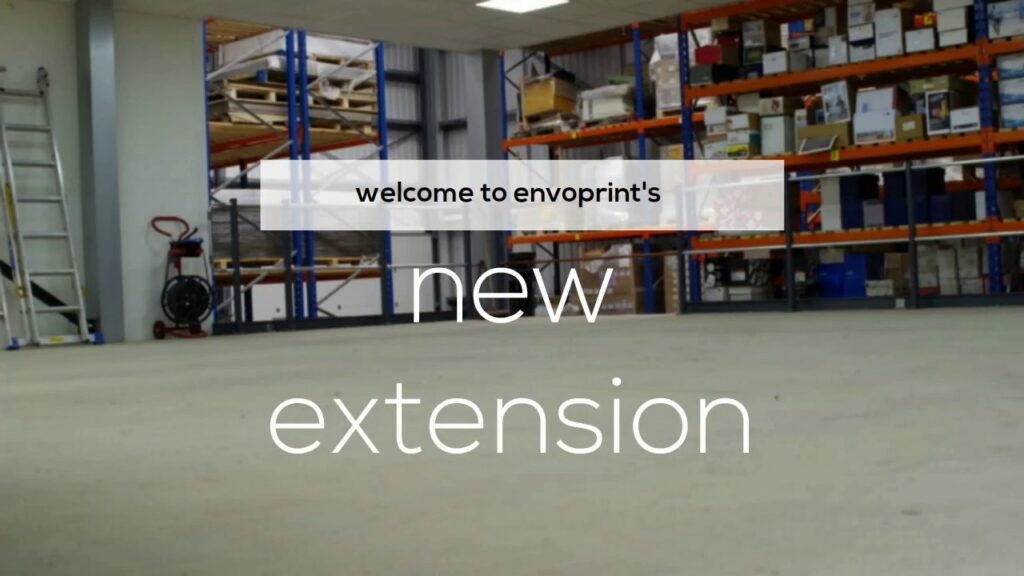As the retail landscape continues to evolve, Point-of-Sale (POS) displays are at the forefront of enhancing customer engagement and driving sales. In 2025, several key trends are shaping the future of POS displays, offering retailers innovative solutions to meet changing consumer expectations.
1. Digital Integration and Interactivity

Today’s retailers are moving beyond static cardboard signs, embracing digital displays that engage customers on a whole new level. These screens grab attention fast—studies show they receive up to 400% more views than traditional signage, and 68% of shoppers say they’re more likely to make a purchase after seeing a digital ad.
But the real power lies in interactivity. Imagine a cosmetics stand where customers can tap a touchscreen to browse available shades or watch how-to videos. Or a clothing store where motion sensors trigger seasonal promotions as someone walks by. QR codes are another simple yet effective tool—scan one on a display and instantly access product specs, discount codes, or live stock updates.
For example, a garden centre might add a QR code to a POS display for lawn fertiliser. When scanned, it could open a short video on proper application or a seasonal care guide. This not only educates customers but builds brand trust, while quietly nudging them towards checkout.
Digital POS systems also collect real-time data: what content draws the most views, how long people engage, and even what time of day footfall peaks. That insight helps businesses tailor future campaigns with greater precision.
Related: Why Cardboard Is the Future of Eco-Friendly POS Displays
2. Sustainability and Eco-Friendly Materials

As environmental awareness grows, consumers are paying closer attention to the materials behind retail displays—not just the products themselves. That’s why forward-thinking retailers are ditching plastic-heavy displays in favour of recycled cardboard, biodegradable plastics, and water-based inks.
A great example is the shift to modular display units made from corrugated cardboard. These can be flat-packed for easy storage, reused for different campaigns, and fully recycled when they reach end-of-life. Coffee chains and natural food brands, for instance, often use Kraft-board displays with printed sustainability messages to align with their eco-conscious image.
Even small swaps make a difference. Swapping out a laminated PVC board for a compostable sugarcane fibre version might not sound dramatic, but for a large-scale campaign rolled out across hundreds of stores, the environmental impact (and the marketing message) adds up fast.
Not only does this approach tick the green credentials box, it also meets growing customer demand: according to Deloitte, over 60% of UK consumers actively seek environmentally responsible brands.
Related: Custom Cardboard Free Standing Display Units (FSDUs)
3. AI-Driven Personalisation

In 2025, personalisation doesn’t stop at emails or loyalty apps—it’s embedded right into the shop floor. Thanks to Artificial Intelligence (AI), POS displays can now tailor content based on shopper profiles, behaviours, and even the time of day.
Picture this: A digital drinks fridge in a convenience store changes its promotions depending on the weather forecast. On a hot afternoon, it highlights chilled fruit juices. On a rainy morning, it switches to hot coffee and breakfast snacks. All this is powered by AI algorithms pulling in local weather data and sales trends.
Or take a beauty retailer with a loyalty app. When a returning customer walks in, the POS screen might display skincare offers based on their previous purchases, perhaps with a limited-time discount just for them.
These systems don’t just feel clever—they work. Research shows that 91% of consumers are more likely to shop with brands that recognise and provide relevant offers (Accenture). AI-powered displays help deliver that relevance in the moment, when it matters most.
Retailers using this technology also benefit from rich analytics—seeing which recommendations perform best, how different demographics engage, and what promotions drive the highest returns.
Related: Types of Cardboard Display Units – Your Complete Guide in 2021
4. Augmented Reality (AR) Experiences

Augmented Reality (AR) is no longer just a novelty—it’s fast becoming a powerful tool in retail POS displays. By blending the physical and digital worlds, AR allows customers to see how a product fits into their life before making a purchase.
Take furniture stores, for instance. An AR-enabled POS display could allow shoppers to point their smartphone at a QR code and visualise how a sofa or dining table would look in their actual living room. Clothing retailers are also getting on board, offering virtual “try-ons” for accessories like glasses or hats—ideal for hygiene-conscious customers or those short on time.
One major UK DIY chain trialled AR kiosks for paint selections. Customers could scan a barcode and see how different shades would look on a sample wall—or even upload a photo of their room and preview colour changes instantly.
This kind of immersive experience helps reduce uncertainty, builds confidence in purchasing, and cuts down on returns. In short, it’s a clever way to merge the benefits of online shopping with the tactile nature of the high street—and shoppers love it.
5. Modular and Flexible Designs

Retail space is often at a premium, especially for smaller outlets or pop-ups. That’s why modular POS displays—built to adapt and evolve—are gaining momentum. These units can be quickly rearranged, expanded, or rebranded depending on what’s being promoted.
For example, a cosmetics retailer might use the same core stand for a spring skincare launch, then switch out graphics and shelving in autumn to promote festive gift sets. Likewise, supermarkets can refresh seasonal end-of-aisle displays with minimal effort, thanks to interchangeable panels and adjustable shelving.
These systems don’t just save time—they also save money and storage space. Instead of building new displays for every campaign, you repurpose the existing ones. Plus, if you have multiple store layouts to work with, modular units make it easy to adapt without needing bespoke solutions for each site.
Brands looking for agility in their in-store marketing will find this kind of flexibility invaluable, particularly in fast-paced retail environments where promotions change monthly or even weekly.
Related: Point of Sale Display Stands – POS Display Units
6. Integration with Mobile and Contactless Technologies

The rise of mobile-first shopping habits has ushered in a new wave of POS innovation. Today’s customers expect fast, frictionless experiences, and mobile-enabled displays are stepping up to meet those demands.
Imagine a POS unit for headphones that includes NFC (Near Field Communication) functionality. Shoppers can simply tap their smartphone on the display to hear sound quality demos or read product reviews. Or picture a fashion boutique with QR-linked digital signage—customers scan to view available sizes, check stock, or even order directly from their phone.
This tech isn’t just about information. It’s also transforming payment. Contactless payment terminals embedded into POS displays—particularly in pop-up shops, events, or micro-stores—let customers complete purchases instantly without queuing.
During the COVID-19 pandemic, demand for contactless options soared, and the trend hasn’t slowed down. A report by UK Finance showed that nearly 60% of all card payments in the UK were contactless by the end of 2022, and it’s still growing. POS displays that incorporate these tools are keeping pace with shifting expectations—and providing customers with the ease they now consider essential.
Ready to upgrade your in-store displays?
As retail evolves, POS displays are no longer just about holding products—they’re becoming intelligent, interactive, and environmentally conscious tools for driving engagement and sales. From AI personalisation and AR experiences to sustainable materials and mobile integration, 2025’s most successful retailers will be those who embrace innovation at the point of sale.
Explore bespoke, sustainable, and tech-ready POS solutions with Envoprint—your trusted partner in innovative display design.

